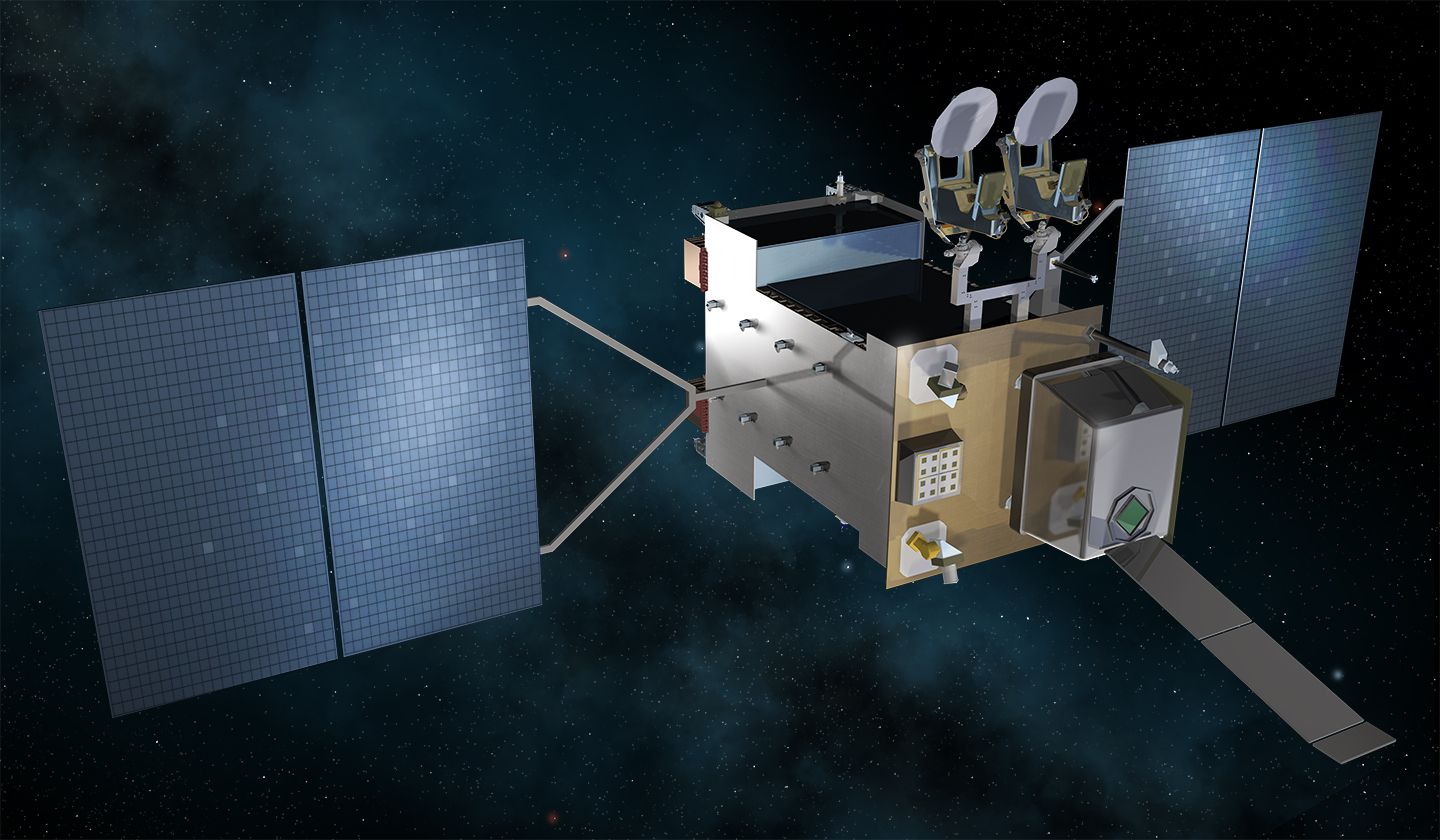GAO flags concerns about Space Force satellite procurements
WASHINGTON — The Government Accountability Office in its annual assessment of Pentagon procurements provided an update on the Space Force’s satellite programs and found a few red flags.
The watchdog agency in the report released June 8 examined 101 of the Pentagon’s largest programs.
With regard to satellite procurements, it warned that the geostationary missile-warning spacecraft known as Next-Generation Overhead Persistent Infrared (Next-Gen OPIR) “must overcome numerous challenges before its first planned launch in 2025.”
Next-Gen OPIR, made by Lockheed Martin, was planned as a three-satellite constellation to be launched between 2025 and 2028. The Space Force also plans to buy two Next-Gen OPIR polar satellites from Northrop Grumman.
GAO said the estimated cost to date of developing the geostationary satellites has exceeded $6 billion. The program’s large price tag and schedule delays also have been a concern of Space Force leaders who noted that in the future DoD will transition to a proliferated architecture of smaller satellites.
Next-Gen OPIR program officials confirmed to GAO “that the delivery of the main mission payload is the primary driver of schedule and technical risk to the program. Delays in delivery of the payload prototype increase the risk that the integration activities planned for the first GEO will not complete in time for the scheduled first launch in 2025.”
Each payload developer — Ball Aerospace, Northrop Grumman and Raytheon Technologies — is “working to overcome supply chain issues that could delay payload deliveries,” said GAO. “Additionally, the complex integration of a novel payload and a modified spacecraft continue to present significant risk to the launch schedule.”
The ground system planned for Next-Gen OPIR, said GAO “will not be fully complete in time to support the first Next Gen OPIR satellite launch.”
Integration challenges for SDA’s constellation
GAO for the first time analyzed the Space Development Agency’s planned architecture of satellites in low Earth orbit.
The agency, which is now part of the U.S. Space Force, is procuring a mesh network of satellites, called Transport Layer, to move data to users around the world. These satellites will relay early warnings of missile launches detected by a Tracking Layer of sensor satellites.
GAO noted that a novel approach adopted by the Space Development Agency (SDA) to build the constellation — integrating satellites from multiple manufacturers — promises rewards but also comes with risks.
“It anticipates that this approach will enable competition for new tranches and a stable market for sustainment,” said GAO. “Prior to realizing those potential benefits, however, SDA faces challenges with integrating a complex system of multiple vendors and segments into a proliferated constellation of hundreds of satellites, intended to be enhanced every two years.”
GAO estimated that SDA’s Tracking Layer Tranche 1 of 28 satellites will cost about $2.6 billion; and the Transport Layer Tranche 1 with 138 satellites will cost about $3.3 billion.
“According to program officials, T1TL faces a complex integration for its planned space vehicles into a constellation that will be enhanced every two years. However, they introduced standards into the marketplace to help facilitate this integration,” said GAO.
Source: SpaceNews


